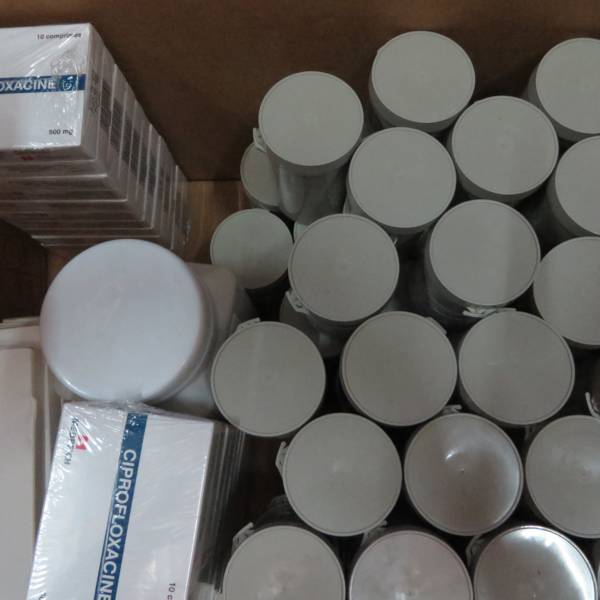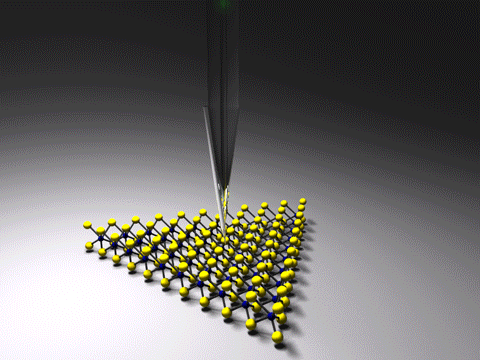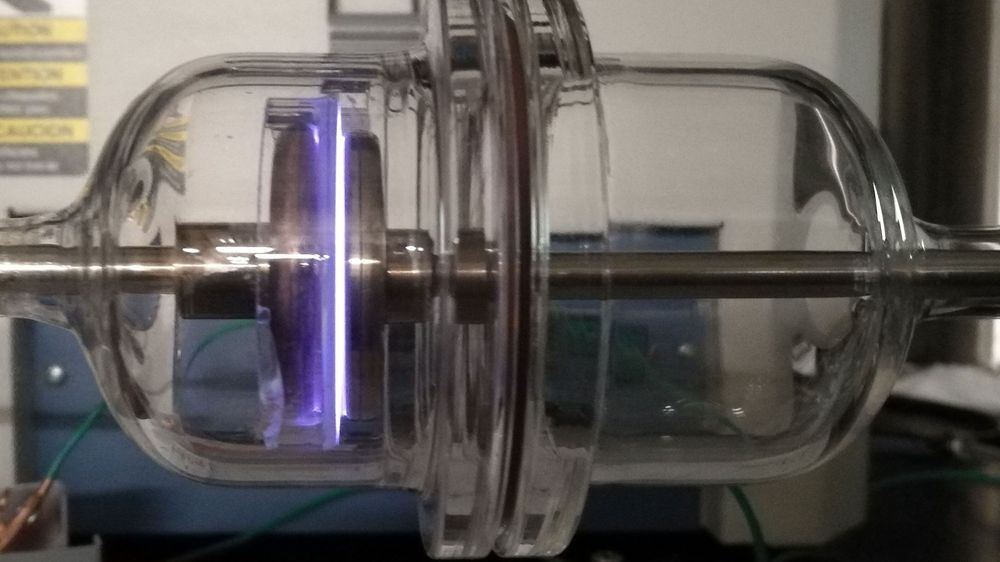Thanks to a new locker system for dispensing medicines, patients can now get their medicines in only 36 seconds.



A new greener, stronger and more durable concrete that is made using the wonder-material graphene could revolutionise the construction industry.
Experts from the University of Exeter have developed a pioneering new technique that uses nanoengineering technology to incorporate graphene into traditional concrete production.
The new composite material, which is more than twice as strong and four times more water resistant than existing concretes, can be used directly by the construction industry on building sites. All of the concrete samples tested are according to British and European standards for construction.

Work by a team of University of Adelaide scientists to perfect metal and mineral extraction processes is bringing the possibility of mining the wealth contained within asteroids closer to reality. But science fiction won’t become fact until asteroid mining becomes economically as well as technically viable.
“Asteroids such as Bennu are closer to us than Adelaide is to Alice Springs, about 1000 kilometres away in Earth’s near orbit,” says Professor Volker Hessel, Deputy Dean-Research from the University of Adelaide’s Faculty of Engineering, Computer & Mathematical Sciences (ECMS) and Professor in the School of Chemical Engineering.
“Advances in space exploration mean that these bodies which contain nickel, cobalt, and platinum as well as water and organic matter, are now within reach.”

In “Avengers: Endgame,” Tony Stark warned Scott Lang that sending him into the quantum realm and bringing him back would be a “billion-to-one cosmic fluke.”
In reality, shrinking a light beam to a nanometer-sized point to spy on quantum-scale light-matter interactions and retrieving the information is not any easier. Now, engineers at the University of California, Riverside, have developed a new technology to tunnel light into the quantum realm at an unprecedented efficiency.
In a Nature Photonics paper, a team led by Ruoxue Yan, an assistant professor of chemical and environmental engineering, and Ming Liu, an assistant professor of electrical and computer engineering, describe the world’s first portable, inexpensive, optical nanoscopy tool that integrates a glass optical fiber with a silver nanowire condenser. The device is a high-efficiency round-trip light tunnel that squeezes visible light to the very tip of the condenser to interact with molecules locally and send back information that can decipher and visualize the elusive nanoworld.



As anyone who has purchased jewelry can attest, platinum is expensive. That’s tough for consumers but also a serious hurdle for a promising source of electricity for vehicles: the hydrogen fuel cell, which relies on platinum.
Now a research team led by Bruce E. Koel, a professor of biological and chemical engineering at Princeton University, has opened a door to finding far cheaper alternatives. In a paper published April 4 in the journal Nature Communications, the researchers reported that a chemical compound based on hafnium worked about 60 percent as effectively as platinum-related materials but at about one-fifth the cost.
“We hope to find something that is more abundant and cheaper to catalyze reactions,” said Xiaofang Yang, principal scientist at HiT Nano Inc. and visiting collaborator at Princeton who is working with Koel on the project.
Neuromorphic systems carry out robust and efficient neural computation using hardware implementations that operate in physical time. Typically they are event- or data-driven, they employ low-power, massively parallel hybrid analog/digital VLSI circuits, and they operate using the same physics of computation used by the nervous system. Although there are several forums for presenting research achievements in neuromorphic engineering, none are exclusively dedicated to this increasingly large research community. Either because they are dedicated to single disciplines, such as electrical engineering or computer science, or because they serve research communities which focus on analogous areas (such as biomedical engineering or computational neuroscience), but with fundamentally different goals and objectives. The mission of Neuromorphic Engineering is to provide a publication medium dedicated exclusively and specifically to this field. Topics covered by this publication include: Analog and hybrid analog/digital electronic circuits for implementing neural processes, such as conductances, neurons, synapses, plasticity mechanisms, photoreceptors, cochleae, etc. Neuromorphic circuits and systems for implementing real-time event-based neural processing architectures. Hardware models of neural and sensorimotor processing systems, such as selective attention systems, coordinate transformation systems, auditory and/or visual processing systems, sensory fusion systems, etc. Implementations of neural computational systems found in insects, birds, mammals, etc. Embedded neuromorphic systems, including actuated or robotic platforms which process sensory signals and interact with the environment using event-based sensors and circuits. To ensure high quality and state-of-the-art material, publications should demonstrate experimental results, using physical implementations of neuromorphic systems, and possibly show the links between the artificial system and the neural/biological one they model.


The launch was expected to encounter many technical and engineering challenges, including simplified procedures for pre-launch testing, the rocking motion of the ship and heat dissipation in a confined space.
China has become the first nation to fully own and operate a floating launch platform for its space missions.